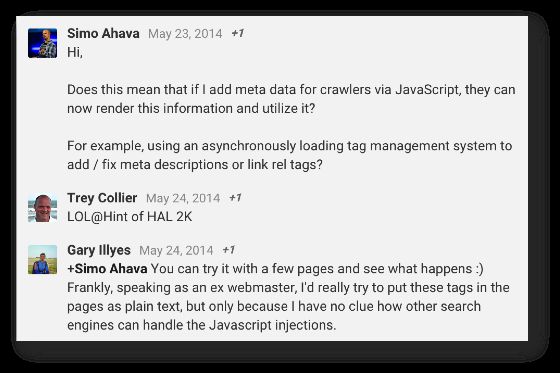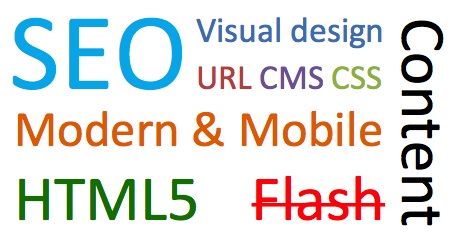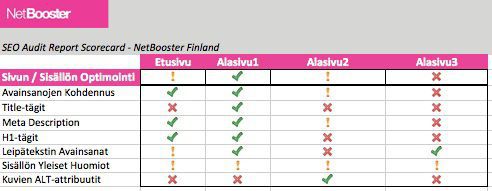Quick history. On May 23, 2014, the following announcement was made on the Google Webmaster Central Blog:
In order to solve this problem, we decided to try to understand pages by executing JavaScript. It's hard to do that at the scale of the current web, but we decided that it's worth it. We have been gradually improving how we do this for some time. In the past few months, our indexing system has been rendering a substantial number of web pages more like an average user's browser with JavaScript turned on.






